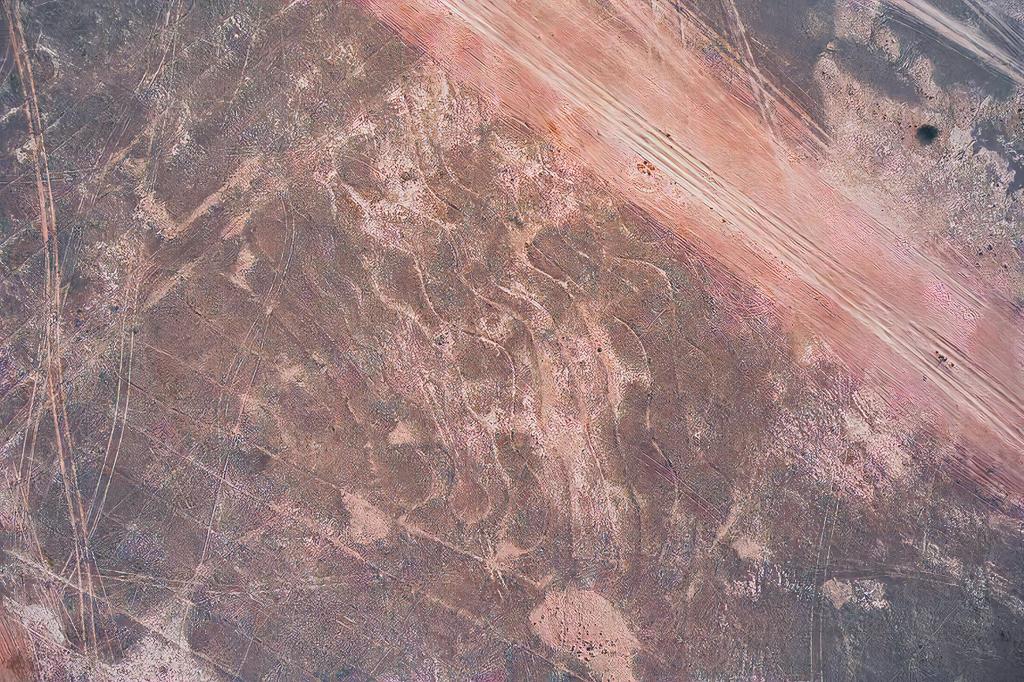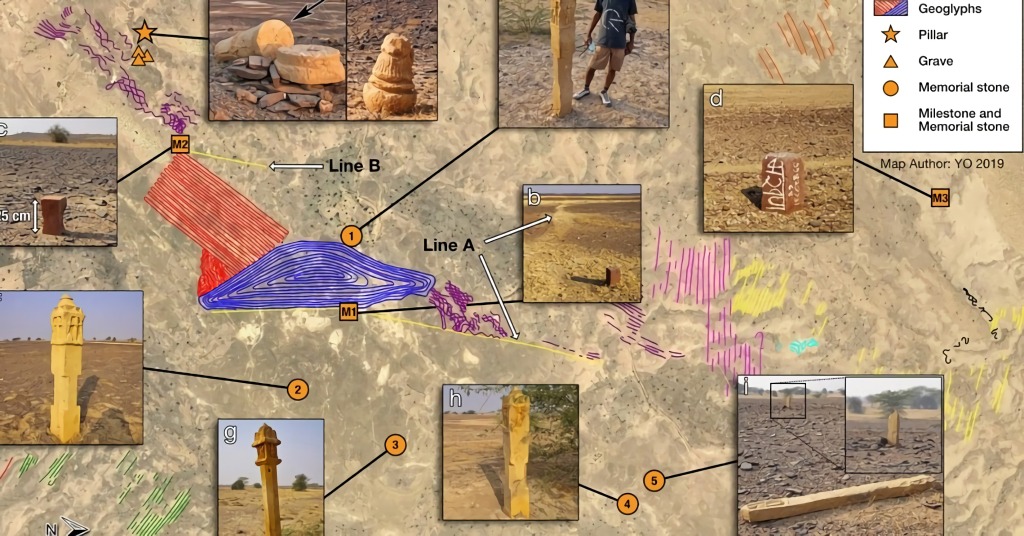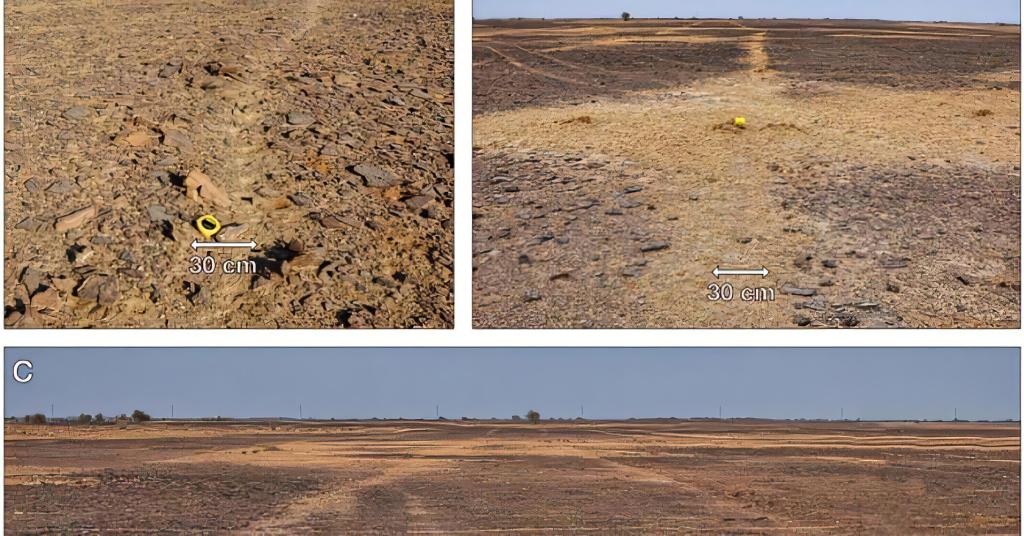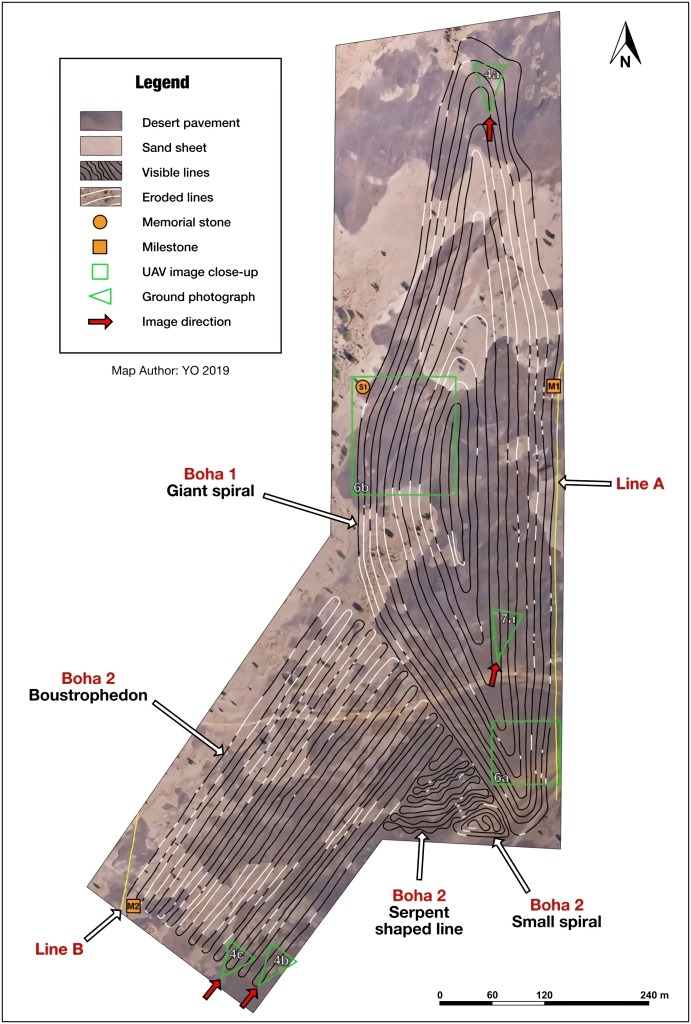Largest Geoglyph

But, What Is Geoglyphs?

What are Geoglyphs?
- Geoglyphs are large handmade drawings that have been carved on the surface of the land usually by removing or clearing a vast expanse of upper soil.
- They are generally longer than four metres and are made of durable objects in the landscape, like stones, trees and gravel.
- Positive geoglyph is formed by materials being laid on the ground whereas a negative geoglyph is formed when the materials are removed from the Earth’s surface.
- Many geoglyphs have been discovered in the Amazon forest. They are man-made ditches and have strange shapes.
- The most famous ones are in Nazca, Peru where recently a catlike figure has been found on a hill measuring approximately 37 miles.
- The cultural significance of Geoglyphs remains uncertain.
- In Peru, to the south of Lima, a spiral tailed monkey has also been discovered.
- Among the geoglyphs found in the world, many of them could not be realised at the ground level. One has to be a certain amount in the air to realise the exact shape of the man-made sketch.
- This is the reason many geoglyphs were not visible before the invention of aeroplanes.
In the Thar desert of Rajasthan, India, researchers discovered the world’s largest man-made sketch or geoglyph. It is larger than the ones discovered in Peru’s Nazca.
It is a massive spiral artwork in Boha hamlet, close to Jaisalmer, that spans over 1,00,000 square metres.
According to experts, this is the world’s largest drawing, far larger than the Nazca Lines in South America.
A sequence of geoglyphs were used to create the spiral artwork. Carlo and Uohann Oetheimer of France were the first to see it on Google Earth.
The authors’ major focus was boha village. There, they found a succession of concentric and linear structures. These features were given the name Boha geoglyphs, and they estimated that they were at least 150 years old.
Abstract
An accurate survey of the Indian Thar Desert with Google Earth led us to identify eight sites in the Jaisalmer District, with clear geometrical lines that may resemble geoglyphs. The data collected in the field, together with images taken by a drone, revealed the exceptional character of the graphic patterns near the village of Boha.
Geoglyph in Boha: Details
- The enigmatic lines have been discovered in Boha village in Rajasthan. The village is approximately 30 miles in area.
- Among the geoglyphs found the largest is named Boha 1. These are asymmetrical spiral lines that measure around 7.5 miles.
- The next multi-patterned geoglyph lying next to it is named Boha 2.
- As per the researchers, the lines and the drawings are unique from the world and are made up of many enigmatic signs.

Carlo [1]and Yohann Oetheimer found these in the year 2016 and conducted drone research on them to discover 2 geoglyphs. They also said the geoglyphs were so large that those who made them could never take a glimpse of them at once.
In a paper published in Science Direct in June 2021, father-son duo and independent researchers from France, Carlo Oetheimer and Yohann Oetheimer, discuss how they identified eight sites around Jaisalmer, Rajasthan, in the Thar Desert that depict linear figures that resemble geoglyphs. They did so using Google Earth images, drone observations and field visits. In particular, a drone survey was conducted in 2016, which found that while some ditches were dug in the area for tree plantation, “ground paintings unrelated to the tree planting were also confirmed”.

Bhoa’s Geoglyph Figures
The two researchers found a series of these linear figures in Boha, a small village located around 40 km from Jaisalmer.
“Two remarkable geometrical figures: a giant spiral adjacent to an atypical serpent-shaped drawing” are connected with a cluster of sinuous lines.
Source: Carlos, Yohann Oetheimer
This triad extends over 20.8 ha and totals more than half of the 48 km of lines observed.
“Three memorial stones positioned at key points, give evidence that planimetric knowledge has been used to create this elaborate design,” the paper states.
There are a total of nine stone structures in and around the lines; the largest is a pillar just over 5 feet (1.6 m) tall. Three of the structures are rock cairns, four are carved memorial stones with inscriptions that are still being studied and three others are simple rectangular stones used for memorials or landmarks. The final stone is a sati stone, which was erected to memorialize a widow who threw herself on her husband’s funeral pyre after his death in battle.
The researchers say that these geoglyphs are the largest ones discovered worldwide, and the first of their kind in the Indian subcontinent.

One site east of Boha,
in contrast, is significantly different from the rest: The lines in this area are enormous, uniquely patterned, and do not appear to be associated with any plantations. The Boha 1 spiral stands out as the ultimate giant of the cluster, but Boha 2 is arguably stranger, as it includes a serpentine line, a small spiral, and a huge sequence of subparallel straight lines connected by rounded U-shaped turns (the “boustrophedon”). The lines linked to these two main figures add up to almost 16 miles, but there are also smaller geoglyphs in the area that reveal other puzzling abstract designs.

The Oetheimers estimate that the lines are at least 150-years-old based on the vegetation that has grown over them, among other factors, and they plan to use thermoluminescence dating to pin down a more precise age in the future. The team also noted that the geoglyphs coincide with the location of intriguing archaeological artifacts that might be associated with the figures, including cairns, memorial stones, and nine monoliths of various shapes and sizes, with the tallest standing more than five feet high, underscoring another possible avenue of future research.
The geoglyphs may have been etched into the desert using a camel-drawn plow according to the study, but the motivation for making them remains the biggest and most tantalizing enigma. The region is too flat to appreciably observe the figures from a height, casting doubt on the efficacy of the lines as landmarks. Though the researchers emphasize that much more work needs to be done, including efforts to protect the geoglyphs from erosion, they speculate that the figures may have a religious or cosmological interpretation.
“At this stage of the research, we remain convinced that these unique geoglyphs are closely connected to their geographical and cultural context, and possibly contain a universal message linked to the Sacred and the cosmos,” concluded the Oetheimers.
Continue reading World’s Largest Geoglyphs Found in India’s the Thar Desert

